Recognize this soil?
kwie2011
9 years ago
Related Stories

GARDENING GUIDESTree Care: Common Tree Diseases and What to Do About Them
Learn to recognize trees that may be affected by diseases or pests so you can quickly take action
Full Story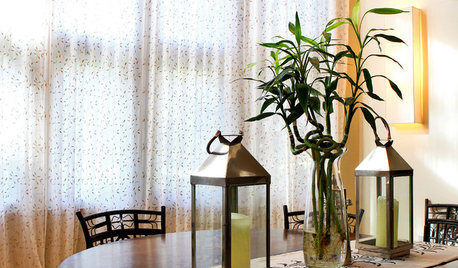
DECORATING GUIDESImprove Your Style Fortune With Lucky Bamboo
Serve this versatile plant straight up or with a twist for auspicious living decor that thrives without soil
Full Story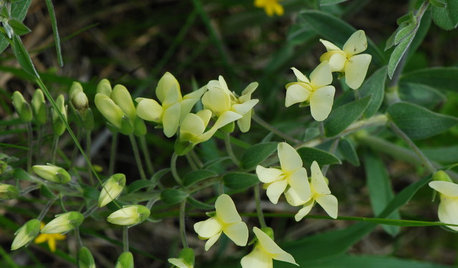
FLOWERS AND PLANTSPlant Baptisia Bracteata for Blooms Pollinators Will Love
Longbract wild indigo is great in dry soil, and its spring flowers attract butterflies and bumblebees
Full Story
GARDENING GUIDESNew Ways to Think About All That Mulch in the Garden
Before you go making a mountain out of a mulch hill, learn the facts about what your plants and soil really want
Full Story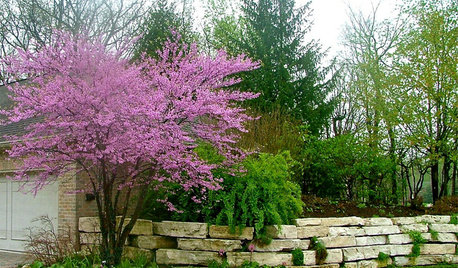
GARDENING GUIDES10 Top Mid-Atlantic Native Plants
Enjoy a four-season garden in the mid-Atlantic region with plants that will stand up to weather shifts, clay soil and the occasional deer
Full Story
HEALTHY HOMEGet the Lead Out: Lead Safety at Home
Keep your family safe by properly testing for and dealing with lead in old painted surfaces, water and soil
Full Story
EDIBLE GARDENSNatural Ways to Get Rid of Weeds in Your Garden
Use these techniques to help prevent the spread of weeds and to learn about your soil
Full Story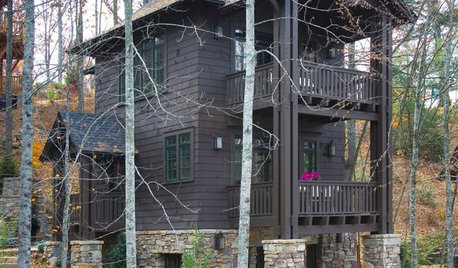
CURB APPEALWhen to Paint Your House Brown
Nature loves brown, from rich soil to sunlit sand, and so do home exteriors with a traditional or Craftsman bent
Full Story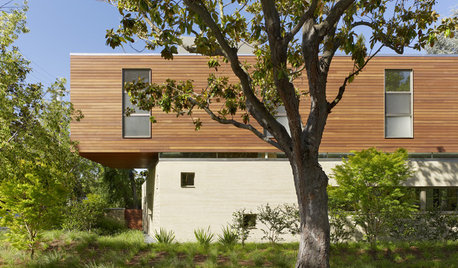
REMODELING GUIDESRammed Earth: Old Meets New in Hybrid Material
An ancient technique lends itself to more sustainable contemporary home designs
Full Story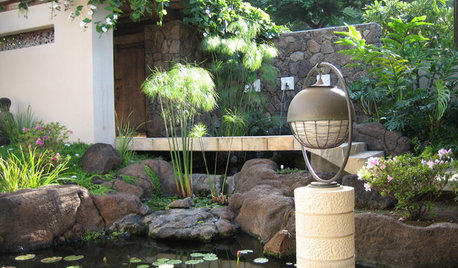
LANDSCAPE DESIGNRecipe for Asian Edible Garden Style
A surprising number of food plants are hiding out in Asian-themed landscapes. Add a few more and extend the Zen flavor to the kitchen
Full Story





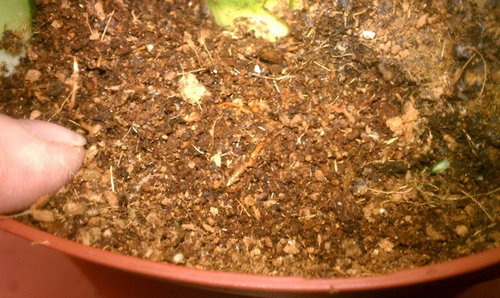




asleep_in_the_garden
rhizo_1 (North AL) zone 7
Related Professionals
Lakewood Landscape Architects & Landscape Designers · Manchester Landscape Contractors · Salem Landscape Contractors · Bergenfield Landscape Contractors · Ellicott City Landscape Contractors · Franklin Landscape Contractors · Garland Landscape Contractors · Palos Verdes Estates Landscape Contractors · Paso Robles Landscape Contractors · Rockwall Landscape Contractors · Saint Paul Landscape Contractors · Thonotosassa Landscape Contractors · Vineyard Landscape Contractors · Palos Hills Landscape Contractors · Middle Island Interior Designers & Decoratorsasleep_in_the_garden
teengardener1888
kwie2011Original Author
petrushka (7b)
asleep_in_the_garden
kwie2011Original Author
petrushka (7b)
Pyewacket
paul_
asleep_in_the_garden
tapla (mid-Michigan, USDA z5b-6a)
asleep_in_the_garden